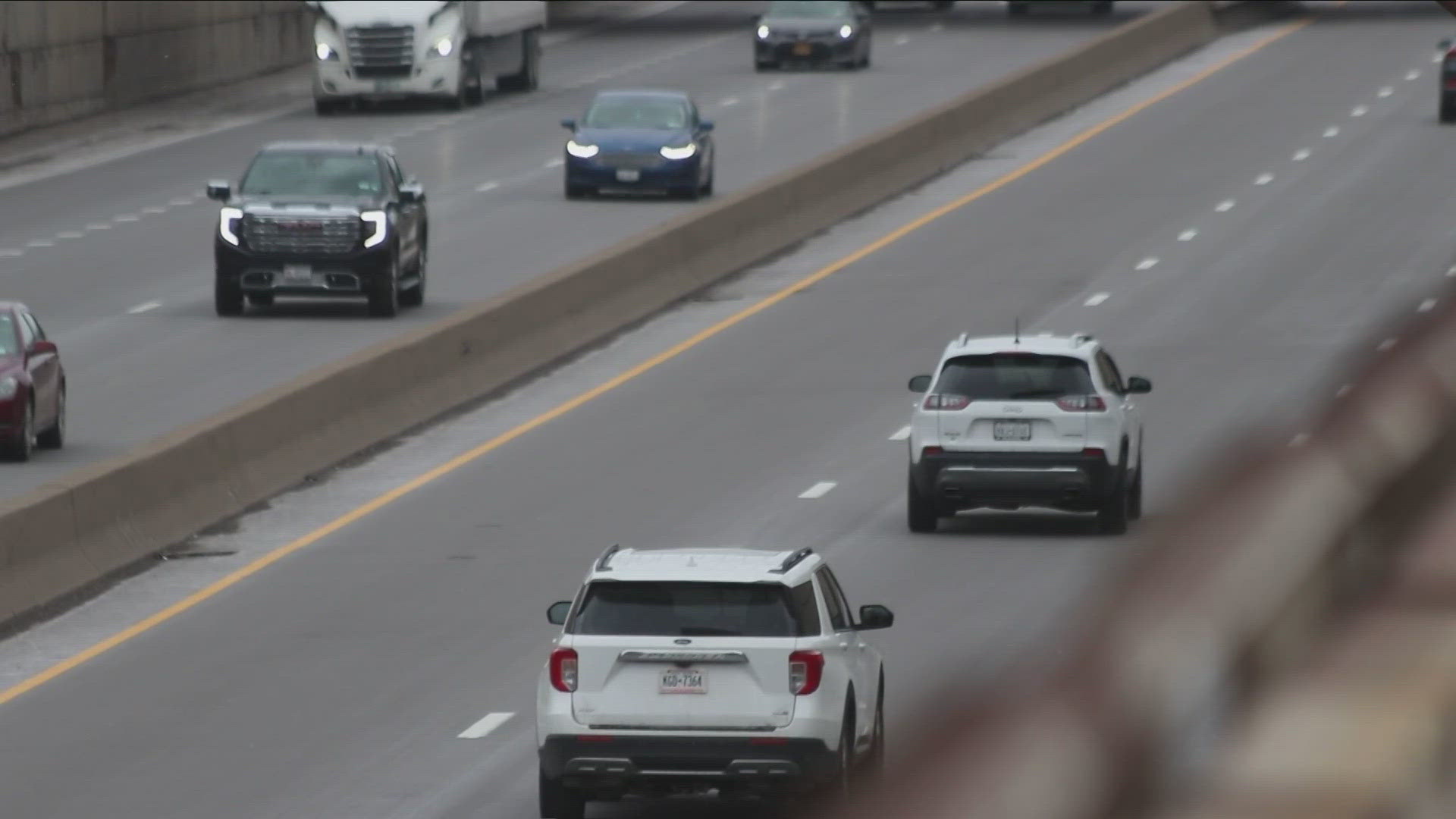BUFFALO, N.Y. — As the next court date between the New York State Department of Transportation and a coalition of community groups, block clubs and Humboldt Parkway residents nears, another major organization in Western New York is formally opposing the billion-dollar project.
The Episcopal Diocese of WNY voted on a resolution to support the East Side Parkways Coalition's desire to fill in the Kensington and fully restore the Humboldt Parkway, and not supporting the current DOT plan.
"Our concern was that the initial idea that the government came out with to put a cap over a small portion of the highway, was acknowledging and trying to address a real issue, but it didn't go far enough," said Pastor Stephen Lane.
Lane is the Pastor at St. Philip's Episcopal Church on Sussex Street, near Erie County Medical Center.
The original St. Philip's Episcopal, however, was directly impacted by the construction of the Kensington Expressway.
"St. Phillip's originally was on Goodell. When you take the highway downtown, you cross the path of where St. Philip's was," Pastor Lane said. "The state took it over for eminent domain and to put in the highway."
Pastor Lane said that the diocese vote on the resolution was nearly unanimous, with only a few congregations abstaining and none of them voting in the negative.
According to the resolution, in part, that was approved by the Diocese: "The East Side of Buffalo is still isolated, both physically and structurally. Restoring a park in place of the highway will have real implications on reconnecting the East Side with the rest of the city. The existing arterial roads that go through the east side are sufficient to handle the traffic that now bypasses the east side altogether."
While the DOT did propose 10 different build alternatives for the project, the cap and tunnel was selected because, according to the NYSDOT, it fulfilled the project goals of restoring the park and maintaining current traffic levels.
Many opponents of the project believe that the established project goal of maintaining current traffic levels all but guaranteed the tunnel would be selected and thus shutting down any debate over whether the arterial roads could be improved.
"If you fill in that highway, the traffic will naturally go back onto the existing arterial roads," Lane said.
Buffalo initial arterial design connected downtown with the suburbs before the Kensington, 190 and 290 were built. According to traffic data collected by the GBNRTC, traffic on arterial roads like Broadway, Clinton, Genesee, Walden and William will anywhere between 2,000 and 7,000 vehicles per day driving on them.
"If you drive down Broadway, most of it is a desert, and there's empty land on either side," Pastor Lane said. "If you get traffic back on that road, you will also create opportunity for new growth."
Aside from the public support for the East Side Parkways Coalition, the Episcopal Diocese is also donating $5,000 toward their cause.

